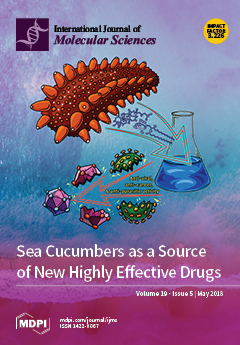1
Leibniz Institute of Plant Biochemistry, Stress and Developmental Biology, Weinberg 3, 06120 Halle (Saale), Germany
2
German Centre for Integrative Biodiversity Research (iDiv) Halle-Jena-Leipzig, Deutscher Platz 5e, 04103 Leipzig, Germany
3
Institute of Biodiversity, Friedrich Schiller University Jena, Dornburger-Str. 159, 07743 Jena, Germany
4
UFZ—Helmholtz-Centre for Environmental Research, Department Environmental Microbiology, Permoserstraße 15, 04318 Leipzig, Germany
5
Applied Bioinformatics Group, Center for Bioinformatics, University of Tübingen, Sand 14, 72076 Tübingen, Germany
6
Leibniz Institute of Plant Biochemistry, Cell and Metabolic Biology, Weinberg 3, 06120 Halle (Saale), Germany
7
Institute of Analytical Chemistry, University of Leipzig, Linnéstr. 3, 04103 Leipzig, Germany
8
Institute of Biology/Geobotany and Botanical Garden, Martin Luther University Halle-Wittenberg, Am Kirchtor 1, 06108 Halle (Saale), Germany
9
Molecular Interaction Ecology, Institute for Water and Wetland Research (IWWR), Radboud University, Heyendaalseweg 135, 6525 AJ Nijmegen, The Netherlands
10
Department of Bioinformatics, Friedrich Schiller University Jena, Ernst-Abbe-Platz 2, 07743 Jena, Germany
11
Centre for Organismal Studies, Heidelberg University, Im Neuenheimer Feld 360, 69120 Heidelberg, Germany
12
Weizmann Institute of Science, Faculty of Biochemistry, Department of Plant Sciences, 234 Herzl St., P.O. Box 26, Rehovot 7610001, Israel
13
Institute of Biology, University of Leipzig, Talstraße 33, 04109 Leipzig, Germany
14
Chemical Ecology, Bielefeld University, Universitätsstr. 25, 33615 Bielefeld, Germany
15
Institute of Informatics, Martin Luther University Halle-Wittenberg, Von-Seckendorff-Platz 1, 06120 Halle (Saale), Germany
16
Institute of Inorganic and Analytical Chemistry, Friedrich Schiller University Jena, Lessingstr. 8, 07743 Jena, Germany
17
Group of Genetics, Breeding and Biochemistry of Brassica, Misión Biológica de Galicia (CSIC), Apartado 28, 36080 Pontevedra, Spain
18
Department of Molecular Ecology, Max Planck Institute for Chemical Ecology, Hans-Knöll-Straße 8, 07745 Jena, Germany
19
Research Group of Primate Kin Selection, Max Planck Institute for Evolutionary Anthropology, Deutscher Platz 6, 04103 Leipzig, Germany
add
Show full affiliation list
remove
Hide full affiliation list






